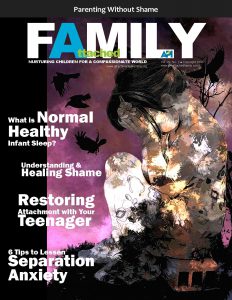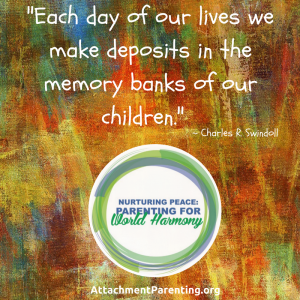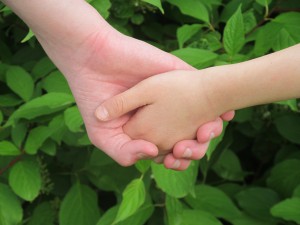“People may spend their whole lives climbing the ladder of success only to find, once they reach the top, that the ladder is leaning against the wrong wall.” ~ Thomas Merton, American writer
 When my daughter was a toddler, an acquaintance asked me, “What would you like your daughter to be when she grows up?”
When my daughter was a toddler, an acquaintance asked me, “What would you like your daughter to be when she grows up?”
I paused. I understood the question, yet I was perplexed and slightly irritated. I responded, “You’re asking me what I would like her to be when she grows up? I’d like her to be happy and do whatever her heart desires.”
A few years later when it became apparent that my daughter’s talent and passion was with the art work, I was asked by a few well-intentioned family members if I was okay with her becoming an artist in the professional sense, pointing out the abiding stereotype of the hopeful, struggling, starving artist. When I replied that I would absolutely be okay with her choice, as I believe it’s essential for an individual to follow their innate talents and interests, I was met with a few raised eyebrows.
It’s not uncommon in our society for parents to persistently persuade or push their kids in the direction of a specific college degree or profession. Parents reason that those professions are more reputable or associated with higher incomes, or are in high demand — securing a job post-graduation.
Naturally, parents want their kids to succeed in life, struggle less and achieve more than they did themselves. We bear our own life experiences while navigating through parenthood: Our dreams, regrets, failures, achievements and successes are all engraved in us. Consciously or subconsciously, we project those experiences onto our kids. We ought to examine who we are and how it plays out in our parenting paradigm while recognizing and respecting who our kids are.
Being a pragmatic person, I realize that a career in the arts may not offer the perceived financial security or stability that other professions do. We need to manage reality and ensure our kids grow up to become adults who are well adjusted in this world and that includes being able to support themselves financially without struggles.
That said, being a mindful person, I recognize the importance of being an authentic person who possesses inner balance, contentment and peace. Hence, I think that an individual should feel free to elect a profession of their own choosing — a profession that speaks to who they are, nourishing their mind, heart and soul. We are all unique beings with different interests and aspirations, fulfilling different roles in our society — all of which make our world more colorful, diverse and interesting.
As I was gathering my thoughts on this topic, the controversial Old Navy toddler girl T-shirts surfaced at the end of December. I was troubled with the shirts reading “Young Aspiring Artist,” with the word “artist” crossed out in exchange for “astronaut” or “president.”
Perhaps a better display on the T-shirts would have read “Young Aspiring _____” to leave the child free to fill in the blank.
Many people echoed my sentiments. Social media erupted in outrage with online users criticizing the retailer for oppressing and minimizing children’s creativity. Many wondered, “What message are we sending our young children?” and “Is being an artist not a suitable career path for our children?” In response to the backlash, Old Navy issued an apology and the T-shirts were discontinued and pulled off the shelf.
Re-reading Thomas Merton’s quote above, our role as parents is to guide our kids to find their way to the wall they gravitate toward, rather than direct them to the one we perceive would be the right one for them.
Maybe my daughter will not become an artist after all. Life is full of twists and turns. But what I do know is that I will walk alongside her on her path, lending her my support and advice…because it is on her path that she will find and climb her own ladder, the one leaning against the wall that is her calling.









